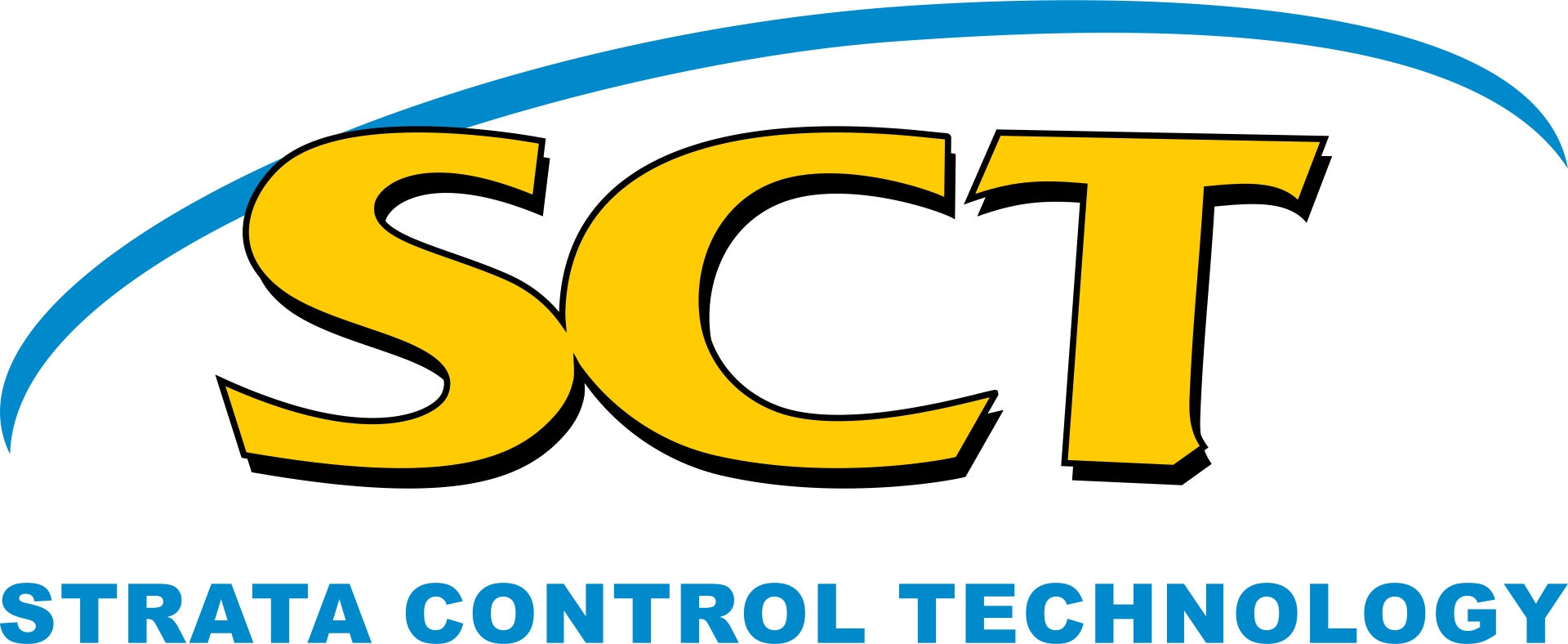Welcome to SCT's own publications library which contains a collection of recent publications and other resources with reliable research about our technology.
-
Compression and shear wave sonic velocity measurements in hard rock
Published Feb, 2022Compression wave sonic velocity (Vp) is routinely measured in rock testing laboratories. Shear wave sonic velocity (Vs) measurement for further application to geomechanical studies is not routinely conducted. This paper outlines the establishment of a laboratory testing technique including waveform analysis for the determination of shear wave velocity.
The paper outlines the measurement of compressional and shear wave sonic velocities using ultrasonic pulse transmission technique, for several hard rock lithologies recovered during routine (NQ/HQ/PQ) exploration core drilling. Shear wave sonic velocities were measured using a pair of shear piezoelectric transducer elements. Measured shear wave sonic velocities are compared with fundamental and empirical formulas used to predict shear wave sonic velocity, in order to verify the method.
This paper discusses the need for an Australian Standard that includes a provision for the measurement of shear wave sonic velocity. Measured results are used to calculate dynamic moduli of rock samples and are compared with static moduli. The application of dynamic moduli to geotechnical characterisation of the rock mass is explored.
Compression-and-shear-wave-sonic-velocity-measurements-in-hard-rock.pdf1.8 MB -
Geotechnical aspects of the Pike River mine drift recovery
Published Feb, 2021The Pike River mine exploded on the 19 November 2010. Thirty-one (31) men were working underground at the time of the explosion and only two men were able to escape. The Pike River Recovery Agency was established in January 2018 to conduct a safe manned re-entry and recovery of the Pike River mine drift to gather evidence to better understand what happened in 2010.
SCT Operations Pty Ltd (SCT) have been engaged to assist with the management of strata control hazards as part of the planning and implementation phases of the drift recovery. Initial geotechnical assessments comprised review of available historical geological and geotechnical information to develop a geotechnical baseline report and hazard map to assist with future planning and risk management.
A range of controls have been implemented to manage geotechnical risk to acceptable levels and to ensure that adequate levels of inspection, mapping, monitoring, assessment, and review are maintained at all stages of drift recovery. Additionally, 3D FLAC modelling, surface tunnelling simulations and field loading trials have been conducted to support proposed tunnelling through a Rocsil plug located at the top end of the drift to provide access the rock fall area which marks the end of the mandated drift recovery. Given most of the drift had not been physically inspected following the explosion a range of drillhole assessments comprising downhole camera and laser scanning was also conducted to improve understanding of the drift environment both prior to and during re-entry.
As part of operational implementation and continuous improvement processes modifications were made to both ground support systems and bolting equipment which significantly improved support cycle installation times.
SCT also supplied real-time roof monitoring instrumentation to the site which supplies an almost continuous data feed to the mine control room for interpretation and automatic alerting if TARP threshold levels are exceeded.
Geotechnical-aspects-of-the-Pike-River-mine-drift-recovery_low-res.pdf1.2 MB
